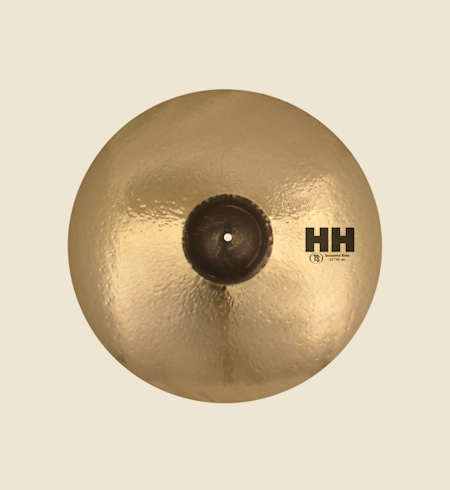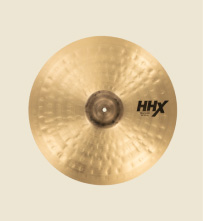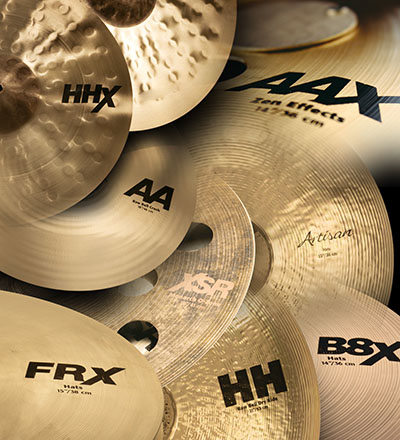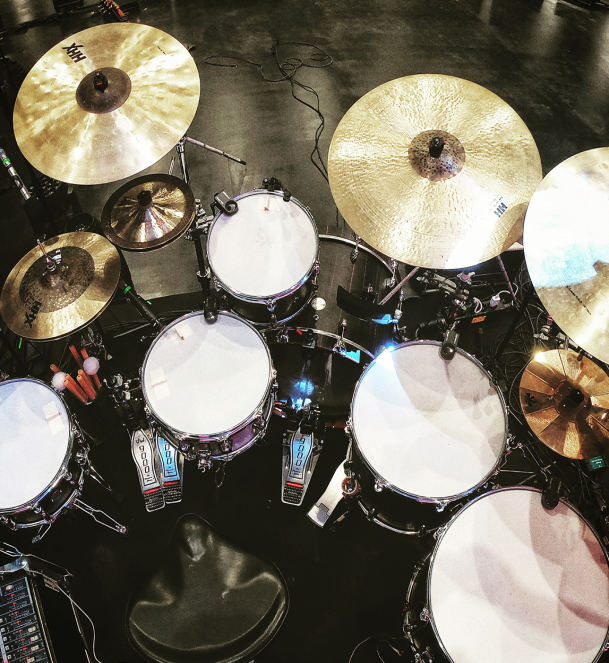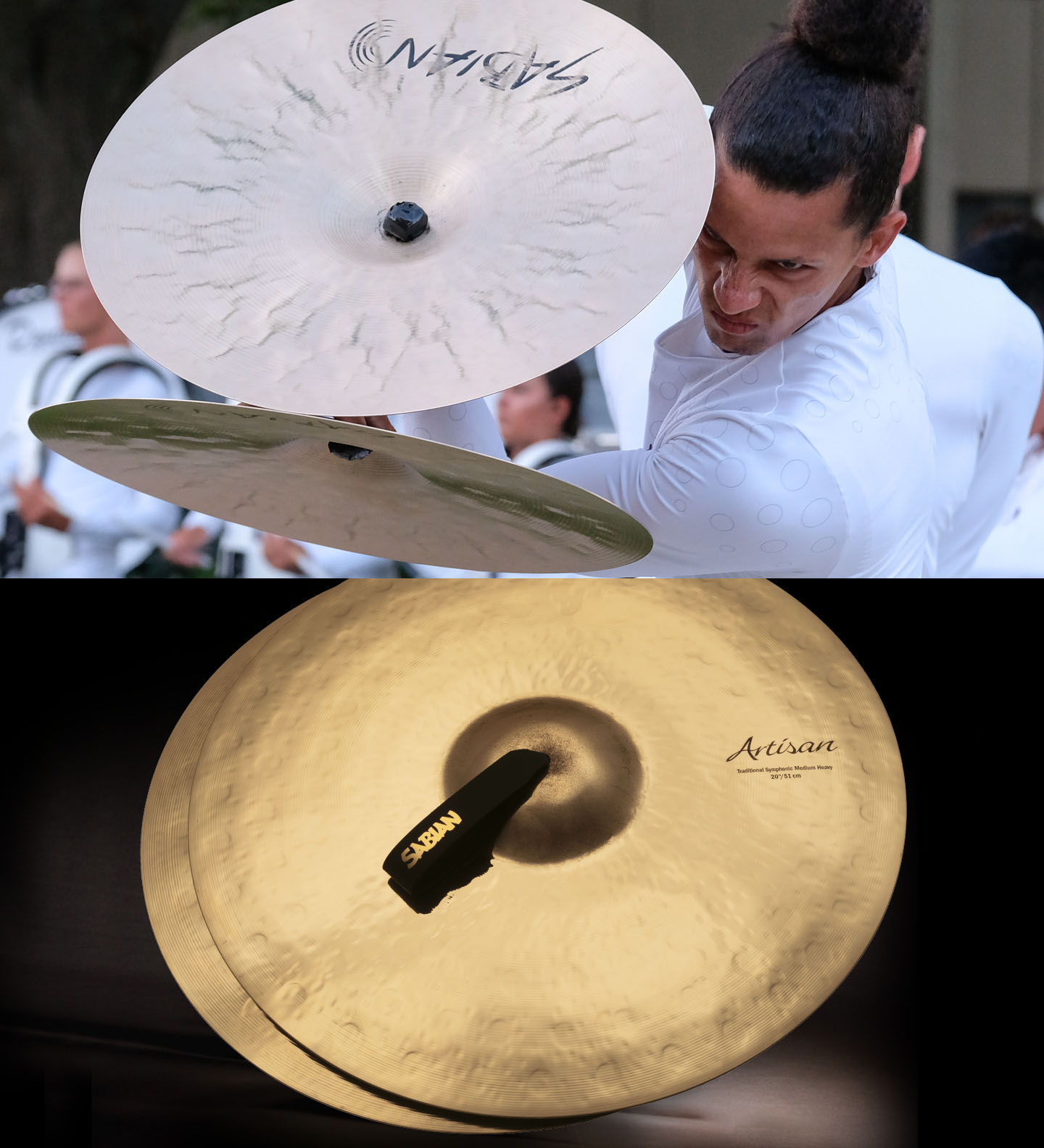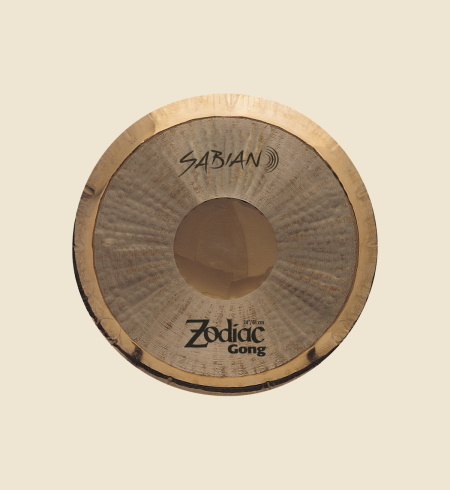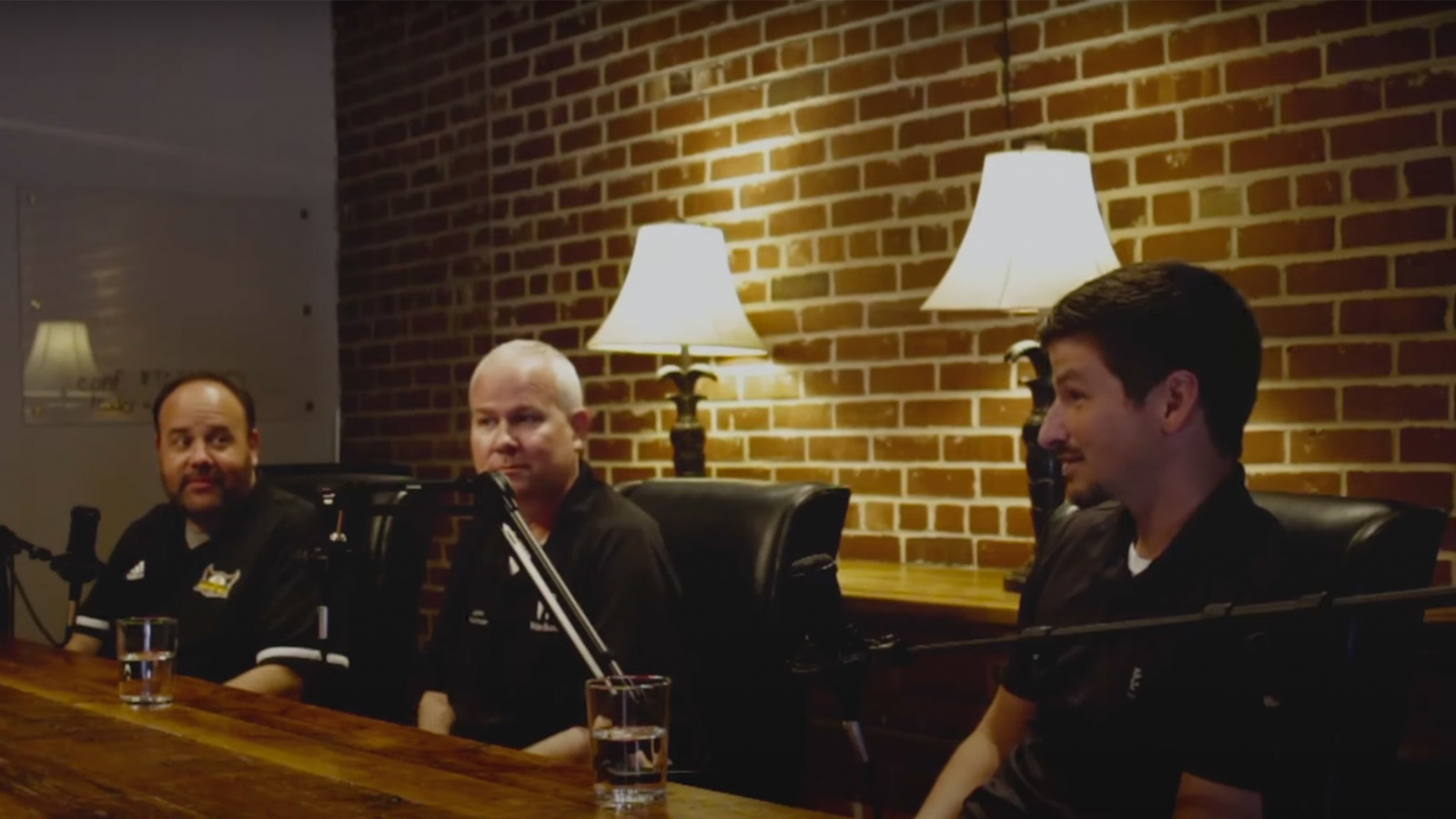Atlanta Education Project
Mark Renyolds, SABIAN’s National Director of Sales & Education, recently sat down with three incredible educators from Atlanta to discuss typical percussion education structure, from learning to hold sticks all the way to high school. Joining Mark were (1) Alan Sears, who teaches at Sprayberry High School, is the percussion director at Kennesaw State University, and the co-founder of Atlanta Quest; (2) Scott Brown, who teaches at Dickerson Middle School and Walton High School, and; (3) Kevin Kenny, who teaches at Milton High School.
Mark Renyolds: Thank you guys so much for joining us. Something I’ve been thinking about doing for a couple of years now is trying to dig into the minds of educators like yourselves, to realize what you guys are doing with programs in your area. I thought, what can we do to give some insight to younger percussionists that are out there teaching, and maybe some music educators that aren’t percussionists. And I think we found three amazing educators with your programs. Let’s just jump in and talk about some things. I’ll start with you, Alan. The biggest question here is the idea behind how you start beginners. It’s got to start somewhere, right?
Alan Sears: I do start a fair amount of beginners, but a lot of times they come to me with that pre-existing knowledge. And we have to clarify a lot of little idiosyncrasies that kids might have. So, the first thing I always do when I’m getting the middle school batch every year [is] take them and do a complete evaluation of what they already know or what they already think…[We] break down their technique and try to get them to hold and move the stick correctly. Because a lot of them already can count somewhat, they already understand rhythm a little bit, but the mechanical operation of their hands [is] kind of all over the place. So, we fundamentally start with technique for all the kids, and we give them a specific exercise program that is going to refine that technique.
Mark Renyolds: Let me ask you this, Alan. Your position is a little bit unique to the fact that, a lot of times educators will say, well, we can’t hire a full-time band director that’s a percussionist because we need a woodwind player or we need a brass player. So, your schools basically just said, look, there’s a need for percussion help?
Alan Sears: Sprayberry is one of the oldest schools in Cobb County in the state of Georgia. They’ve been around forever, really, a lot of historic people coming through there. So, they’re on very, very solid financial footing. And they contract me individually…I like being able to focus on the percussion program…We have about 29 percussionists, basically. We might be 31 this coming year. So, it allows me to spend more time individually with those kids, since I don’t have to worry about the band part of it. It allows me to kind of catch them up, get them to where we need them to be when they walk in the door. Basically, I can assess what’s lacking and I get to quickly get them to where they want to be.
Mark Renyolds: This is typically an issue with music educators that aren’t percussionists, that are the only middle school band director. They’ve got maybe two concert bands that they have to deal with. How important is it to reach out and find a percussion specialist? Even if it’s only once or twice a week, if you just have a little bit of money, how important is that?
Scott Brown: I think it’s huge, to be honest with you, for the kids’ interest and engagement. Because there’s only so much that you can do with middle school percussion literature. The kids aren’t playing enough to be engaged like a flute player, clarinet player would be. Even if they’re playing the warmups and doing stuff during class, just working on the music doesn’t really give them that opportunity. So, once a week, bring somebody in to do percussion ensemble with them, do something where they get to play the melody and they’re the focus. Huge. Any way you can do it, do it.
Mark Renyolds: Kevin you’re a band director as well, so you have a lot of duties before and after school, with not only the percussion program, but also middle school. Do you go down to the middle school and teach percussion? Is that your primary focus?
Kevin Kenny: Well, not as much as I would like to [laughs]…I consider myself, I guess, a full band director as well. So with that comes class periods at the high school where I just can’t make it over the middle school…But with what you were saying about hiring out, I encourage that with my feeder programs more than anything. Now, it’s easier said than done because there’s not that many people that can go into the classroom in the middle of the day and have time for that.
Mark Renyolds: So when you’re not over at the middle school and you’re at the high school performing those duties, is somebody working with percussion or is that music educator just with everybody.
Kevin Kenny: That music educator is with everybody.
Mark Renyolds: Okay, so that’s interesting. So that’s a totally different kind of philosophy than you have, right? Because are you at the middle school like teaching those percussionists all the time or at Dickerson?
Scott Brown: Well, I’m also a band director, so I do have responsibilities with the winds. But I’m very fortunate, I can spend a lot of time with percussion. So we have a percussion class every day. And in seventh and eighth grade, I usually have what we call the advanced percussion class, which is where some kids can actually take percussion to periods…Those kids do some advanced percussion ensemble stuff for middle school. They play with the jazz band because we do jazz during school too. They play with the full symphony orchestra, which I don’t think there are too many middle schools that have that opportunity, you know.
Mark Renyolds: Those kids have so many wonderful opportunities for percussion in middle school, and it’s all during the school day. There are so many music educators that say “they took jazz band out of the middle school curriculum, now all these kids need to take more AP courses to get ready.” Like, how do they have enough time during the day to do their other classes?
Scott Brown: We have two connections classes during the day at the middle school that the kids take. And this was actually a very cunning/proactive move that we made after Hurricane Katrina…We lost a couple of connections teachers, and me and the other director at the time, John Palmer, were like “okay, well how can we spin this so that we don’t end up teaching general music?” So, we went to the administration…and said “Hey, we want to help. What if we allow students to take two classes so that they could be doing double percussion, we could do jazz band, and double things up.” I mean, it’s a ton more work for us, but it’s the work we want to do.
Alan Sears: When you were asking, “how do we do that?” I mean, a lot of it is that we have administrations that will allow that to happen and directors that see the value in it. Because there are different opinions with different band directors who want their percussion kids in class every day…I just wanted to make sure I was recognizing the admin and directors that allow that to happen, because it’s not that way everywhere.
Mark Renyolds: Kevin, I’m curious. These two lucky guys get to see the middle school kids a lot, and you only get to see them in that first month. Your program is obviously not lacking when it comes to the high school, the way those kids play. You’re doing it the way 90% of all the other middle schools are that don’t have a percussion specialist. What is your team doing over there to keep them engaged and keep percussion going?
Kevin Kenny: Mostly working out of method books and taking little things that I’ve given them and just encouraged. And they do a couple of percussion ensembles a year. But to combat that, I like to bring them into the high school realm. I make every ninth grader, no matter if they’re All-State players or whatever, be in a ninth grade percussion class because I’m pretty particular about how I like to do things and how I want the performer to play certain things…I’ll teach them pretty much every technique and let them grow individually and kind of keep that creativity up, because that encourages them to go on to do different things and not just be so delved into technique that they get bored with music.
Mark Renyolds: What are your benchmarks for eighth graders getting ready to go into high school?
Alan Sears: I need solid core fundamentals and counting and being able to play in time. And I need them to have at least a basic understanding of how to approach both the keyboard and the snare drum…I need them to be able to count off the page. They understand rhythmically what’s going on…Everything about percussion and music in general is about the sound that you generate. Now, the technique facilitates that, it leads you to that. But if they can understand that what the sounds they’re trying to make have to be, you know, idiomatic of that instrument, then that makes it way easier for me.
Mark Renyolds: Scott, when they go up to high school, what are the benchmarks that you want them to have?
Scott Brown: A lot of band directors look at percussion and they’re almost afraid to address [it]…“I can’t play that. I can’t show them or talk to them technically about what to do.” You don’t have to. And that’s the number one thing I teach the kids to begin with, I teach them by not teaching. The number one thing is use your ears, listen to what’s going on, pay attention to what your body feels like when you’re playing it. If it doesn’t sound pleasant to you, it doesn’t sound pleasant to other people. You need to think about what’s causing that to happen. Is it tension? Too much velocity? The wrong implement? Eventually I’ll tell you, but I want you to go through that process.
Mark Renyolds: The one question I get from educators all the time – their number one question is, “I’m not a percussionist. I’ve got my middle school program, what cymbals do I need?” How many pairs of crash cymbals should a normal middle school band program have? Should they be 16”? 18”? Should they be thin?
Kevin Kenny: I think you should have, of course, multiple pairs, but at least a 16 and an 18. Whether it be 16 French, 18 Viennese, or something not super heavy, because there’s always going to be those smaller kids…I feel like even with sounds you want for marches…just being able to teach the kid a technique, you have to have different sizes.
Scott Brown: Usually, we have an 18 that is kind of your general thing, and for marches or something really light, we have a 16. I think it’s a Viennese also…For pretty much everything. In middle school you can get by with a 16 and 18.
Mark Renyolds: Now, would that be almost the same for suspended cymbals? Should they have just one suspended cymbal go-to? Should they have a darker or brighter one?
Scott Brown: I would say at least a darker one and a brighter one… For example, we don’t get too loud in middle school, obviously, but it’s a pretty common thing to hear cymbals just being overplayed…I’m a big fan of having two cymbals side by side. “Okay, do you think a darker cymbal would sound better here or brighter sounding cymbal?”
Mark Renyolds So, guys, thank you so much for everything you do for SABIAN and to propel percussion education in your communities. It’s a huge thing…It’s just something that’s very near and dear to me from an education standpoint that we have amazing educators like you guys. And I mean that from the bottom of my heart.
This conversation has been edited for length and clarity.

